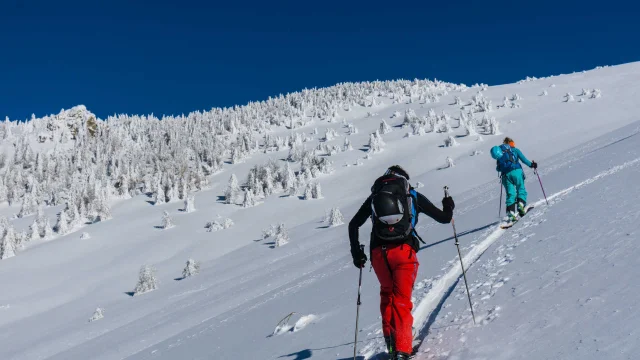In the mountains of the Southern Alps, knowing the various risks
To avoid your love of the mountains becoming a love-hate relationship, it’s best to take a few precautions.
– For example, the mountains are particularly unstable. They’re famous for their weather conditions, which can change extremely fast. A sunny day can turn into a snowstorm, a thunderstorm, or thick fog. So there’s a risk of getting lost, not being able to move forward, or even of hypothermia.
– They can also change in an instant, and an avalanche is easily set off on the slopes. This is generally the case after heavy snowfall or during episodes of milder weather, when it’s the most sensitive: rain, wind, and skiers become high triggering risks. So it’s very important to know the avalanche risk level before any outings.
 Sea of clouds from Chaillol in Champsaur-en-Valgaudemar in the Hautes-Alpes
Sea of clouds from Chaillol in Champsaur-en-Valgaudemar in the Hautes-Alpes
– They can be treacherous and cause falls or slides on slippery or rugged terrain (snow, ice, rain). At high altitudes, the slightest slide can become a very serious accident if it results in falling into a ravine, on an ice plaque or rocks. Be very careful!
– They can make you dizzy: the lack of oxygen caused by altitude, combined with an intense effort, can set off dizzy spells, especially in people who don’t have much training or who are subject to mountain sickness. It is therefore essential to assess your physical fitness level before launching into high-mountain activities.









